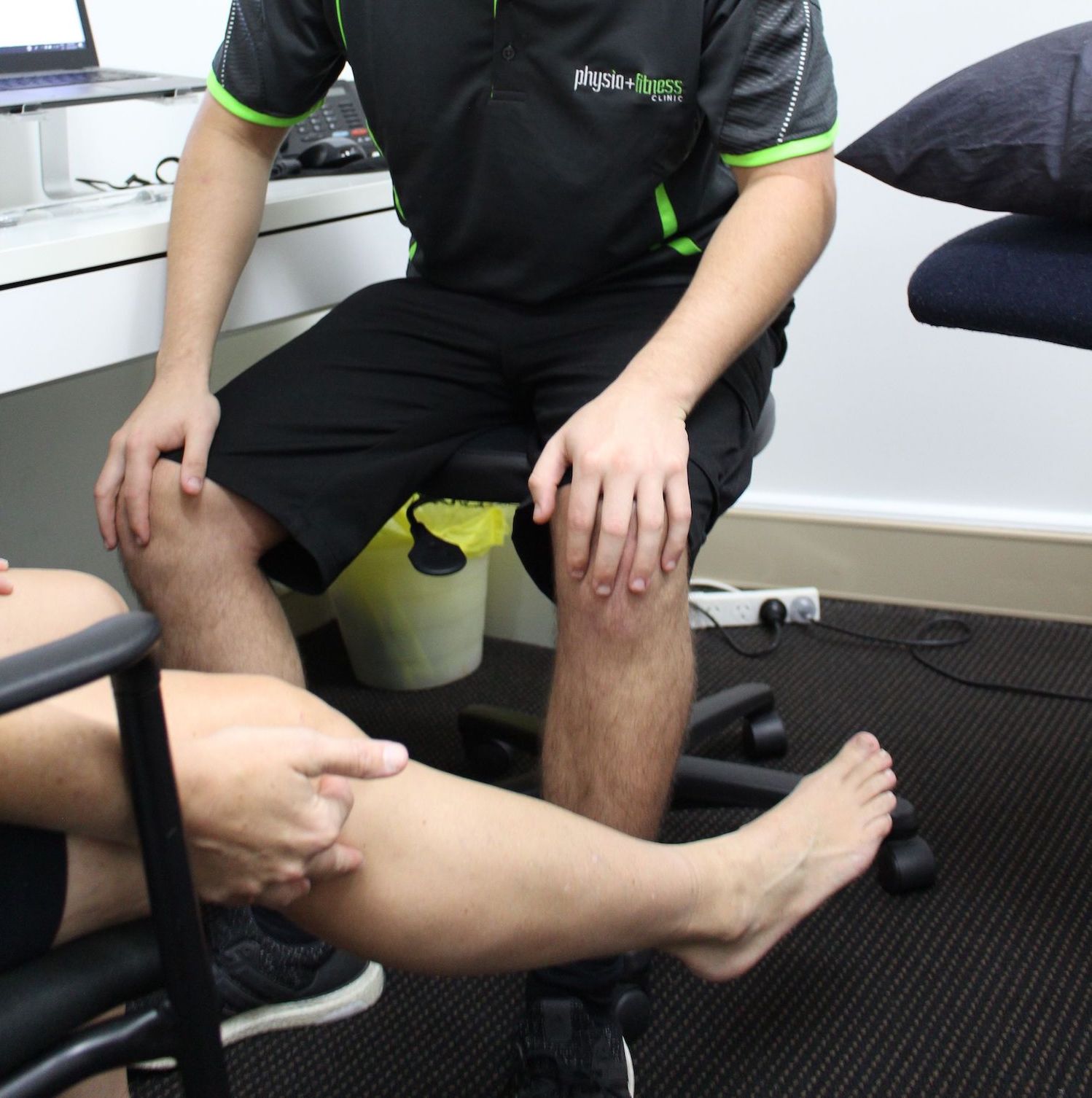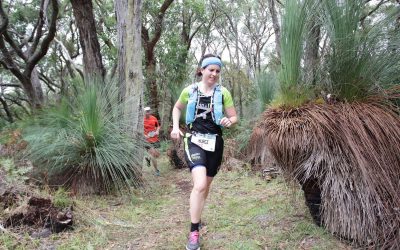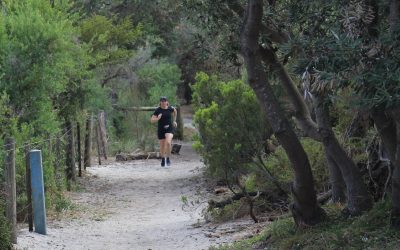Sick of cramping calves?


How to build up your calf strength
Have you ever wondered about our calf muscles, and what makes some people so susceptible to cramps and others not?
Well, we all know our calf muscles are super important for our running speed. Plus, here’s a bit of trivia for you – calf strength and mobility (which presents as ankle stiffness) correlates importantly with injury in the lower limbs.
Having good calf strength enables you to have an efficient push-off phase when running, with power coming up through your foot, plus good foot bio mechanics helps you to propel forward. This, tied in with a snappy hip flexion and knee flexion enables the body to move as quickly as possible.
So, what can we do to improve calf strength?
I love to train athletes in a few different capacities…
Because Achilles injuries are so common and can be very devastating, I always like people to involve some isometric (long holds) exercises as part of their strength program. This means, literally rising onto your toes and simply holding for anywhere between 15 seconds and 45 seconds. This exercise should be the major component of the strength program until the Achilles pain is managed properly.
If there is no Achilles problem, then I like people to add concentric exercises to their program; this means up and down. It is important to strengthen the gastroc muscles, as well as the soleus, which are the two major muscles in your calf region.
With the gastroc muscle, it is easiest in standing with your knees straight and with the soleus it is easiest in sitting with your knees bent.
In regards to speed, reps and sets, I recommend playing around with this, as it allows the muscle to strengthen in different phases to better prepare your muscles for different forces which can help build resilient muscle tissue.
In addition to this, if you are a long distance runner, eccentric loading is super important to build up the capacity of the calf muscle, to better tolerate the impact forces when running.
Am I Hypermobile? Test & Management Tips
Head feeling too heavy to hold up right all day? - This could be a sign of Hypermobility Hypermobility definition put simply: VERY flexible jointsHave you every wondered if you are hypermobile? Well, Ebony, one of our Myotherapists is Hypermobile. Here, Ebony...
What goals should I set when starting out running and triathlon?
Setting goals is one of the greatest things about sport. It gives your exercise a purpose and direction that is difficult to achieve without a clear objective. Goals such as “I want to exercise so I can look hot” are difficult to attain because they are not specific...
How many days a week should I run?
When starting a running program, it can be tempting when you are enjoying the new activity to want to get out there every day. There is nothing nicer than a free activity that gives you an endorphin kick on a regular basis. Although the physiological...



